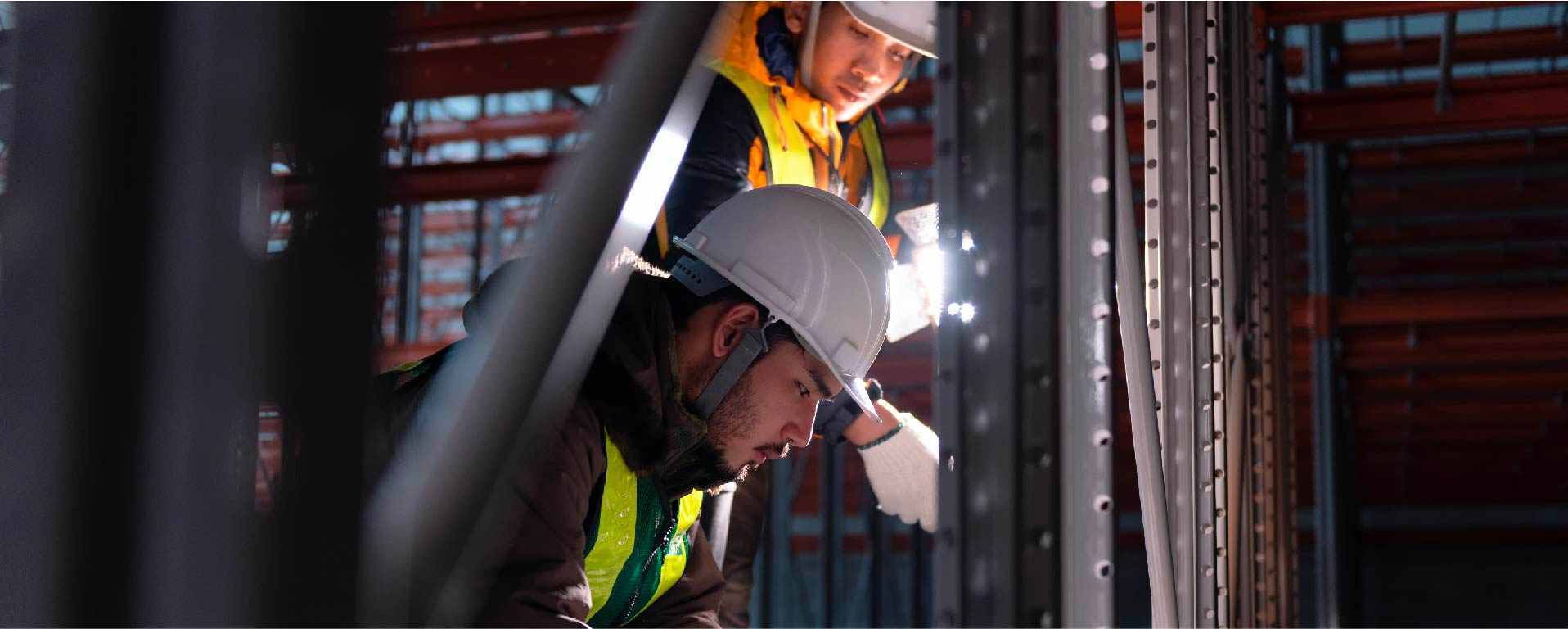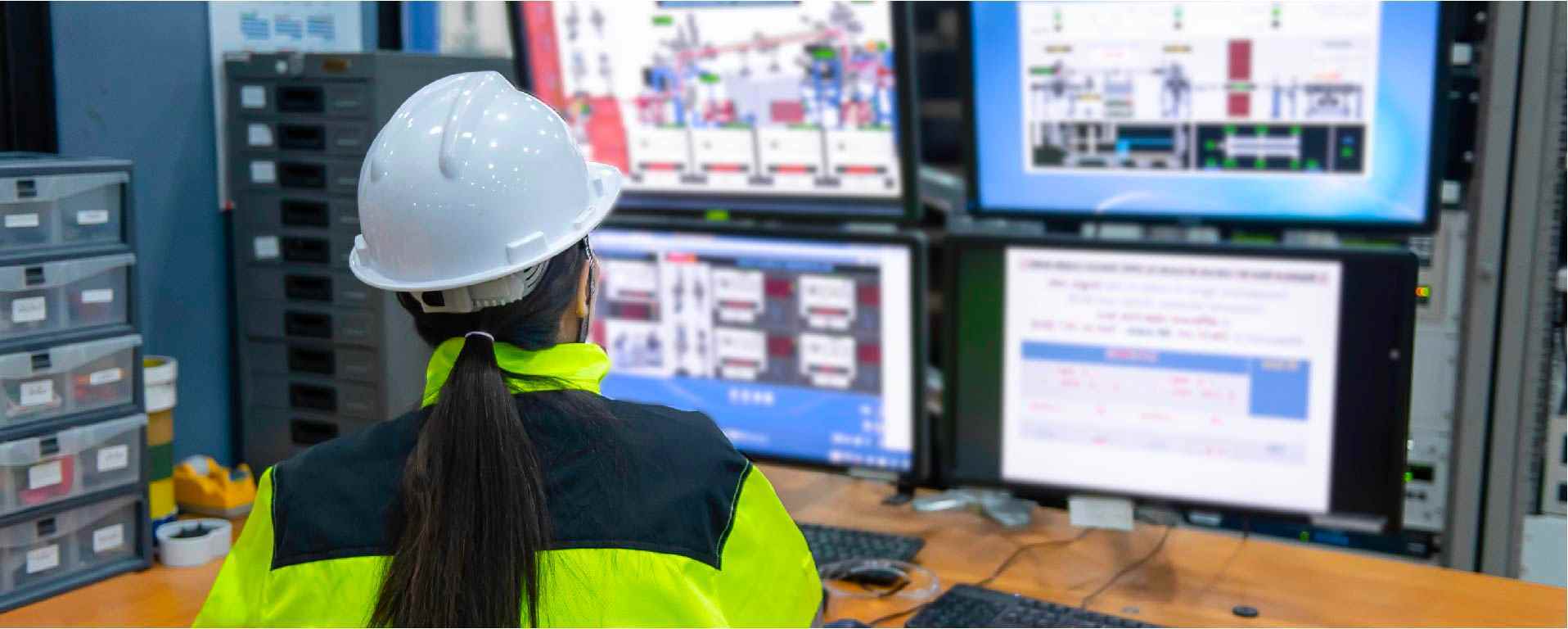
7 Key Questions to Ask a CMMS Vendor Before Buying
Here are seven key questions to ask to make sure that you're choosing the right CMMS for your team and your business.
Solutions
Workplace Management Solutions
Real Estate Management Solutions
Maintenance Management Solutions
Energy Management Solutions
Engineering Document Management Solutions
Asset Management Solutions
Automate campus scheduling for classes, meetings, and exams with our EMS software.
Plan and manage conferences effortlessly with EMS software to impress guests and streamline operations.
Boost workplace flexibility and maximize space use with seamless desk and room booking.
Organize workplace or campus events smoothly, creating memorable experiences.
Optimize workspace, manage allocations efficiently, and reduce costs with our space management solutions.
Deliver projects on time and within budget by improving communication, collaboration, and efficiency with our software.
Streamline lease accounting for ASC 842, IFRS, and GASB compliance.
Manage leases efficiently by tracking key dates, analyzing costs, and ensuring compliance.
Centralize data and analytics for better insights, faster negotiations, and revenue growth.
Centralize facility and asset maintenance, automate work orders, and ensure compliance with our CMMS software.
Extend asset life, reduce downtime, and prevent costly repairs with data-driven monitoring.
Prevent equipment failures and extend asset life by detecting and addressing issues early.
Make sustainable, cost-efficient energy decisions by monitoring and optimizing power consumption.
Remotely monitor and control equipment with real-time data to predict issues, boost efficiency, and reduce downtime.
Easily share and collaborate on documents, creating a single source of truth for engineers and contractors.
Manage and analyze assets across their lifecycle to schedule maintenance, reduce downtime, and extend lifespan.
Improve visibility, automate work orders, and ensure compliance for efficient facility and asset management.
Resources
Browse our full library of resources all in one place, including webinars, whitepapers, podcast episodes, and more.
Support
Looking for access to technical support, best practices, helpful videos, or training tools? You’ve come to the right place.
About Accruent
Get the latest information on Accruent, our solutions, events, and the company at large.

There's a lot of thought that has to go into choosing a CMMS system. Here are key considerations to keep top of mind.
Table of contents
One of the best decisions a company can make is to implement a CMMS software for their asset, inventory and maintenance management needs. Just as a the foundation of a house ensures the house is standing strong, so a proper system foundation will aid in successful company operations. To create a successful beginning, here are some key system considerations to know before implementing a new CMMS.
From day one, involve IT staff in gaining valuable wisdom regarding the company’s system and implementation. Whether the company has chosen a hosted solution or an on-premise solution of the software, IT staff is a valuable part of the project. If a company chooses the cloud hosted option, the demand for vast system knowledge and IT assistance is lower. Therefore, information needed during implementation will include employee equipment, company browser version, browser settings, firewalls and the ability for information to flow into and out through that browser.
If a company chooses to the on-premise option and hosts the software on their internal network, then IT needs will be higher. To successfully host software on-premise, a thorough knowledge of the current system is needed. The team implementing the software will need to work alongside the IT staff to gain knowledge regarding the network, equipment and system platform.
To begin, obtain information from the CMMS company regarding network and software requirements for on-premise hosting. Secondly, check to see if the company’s current network is updated and running correct Windows, SQL, SMTP, security software and browser versions. Knowing the current network and versions of software running within the company will be key when installing the CMMS software.
Excitement has set in and the network is up to date and ready for the software. But, a lack of attention to details can drag out the project and lead to cost overruns per Smart Business. So, the next system consideration is to know the Company’s capacity to handle the software. It is like researching and buying your dream car but you realize you can’t fit in the seat and the car does not fit in the garage. Here are a few areas to make sure the system and IT department have the capacity.
As you know, software is not a one size fits all ability. Know the data capacity needed from the CMMS software and check to see if the network has that capacity with room to grow. Something damaging a company can do to its network is install a software, that in turn, slows down the whole network. Make sure you have designated equipment for the new software with correct data space. What about the age of the equipment? Are the servers ready to be replaced in the next six months? Consider replacing them now to save time and labor costs. What about desktop equipment? Check to see if employees are running up to date software and browsers. If not, systems may not be compatible.
The next capacity to consider is the IT staff’s ability to manage the new software. If the IT staff is already at max capacity on work load, then consider hiring another staff member to handle the increasing work load. Even though this may seem like added expense, great CMMS software will actually help reduce the company’s overall expenses and save money.
Once the system can handle the new software it is time to think about future needs. A few items to consider for the system’s future is growth, system costs, and maintenance. As with any software, new updates and add-ons can occur within the software on a consistent basis. The IT staff will need to make sure these new items will not overload or slow down the software’s function nor the company network. Next, is the company’s IT budget able to take on some new expenses if needed. As the company grows so will the software. New users and features can grow a software size and expense. Make sure not only is the equipment ready but so is the budget.
Lastly, new features and abilities within the software can be forecasted just by asking the software representative about additional features and growth forecasting.
Mobility is one of those great add on features to a system which can help a company streamline operations. According to a survey Red Hat conducted, most major industries are adding a mobile app ability to their business strategy. Planning ahead for this type of new feature can ensure success moving forward.
Once the company network and IT department are prepared for implementation, the company is ready for a successful implementation of CMMS software. So, let’s get started!
The benefits from using a CMMS software are limitless for your company. To learn more about the benefits of inventory and equipment management and CMMS integration, start a free trial of Maintenance Connection.
Here are seven key questions to ask to make sure that you're choosing the right CMMS for your team and your business.
When choosing a CMMS, it's important to know what costs you can expect and what implementation you can afford. Here's what you need to know.
Explore key tips, insights, strategies and little-known facts that will help you choose the right CMMS for your organization.
Subscribe to stay up to date with our latest news, resources and best practices